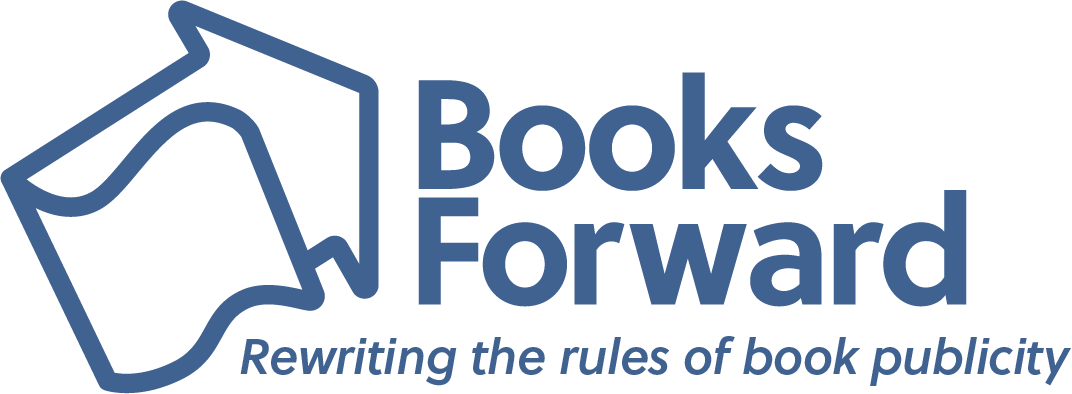FOR IMMEDIATE RELEASE:
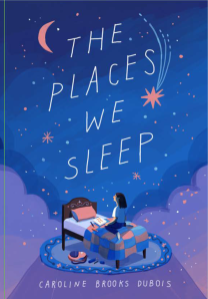 NASHVILLE, Tennessee – It’s early in September 2001, and twelve-year-old Abbey is the new kid at school — again. Tennessee is the latest stop her family has made in a series of moves, thanks to her dad’s work in the Army, but this one might be different. For the first time, Abbey has found a real friend: loyal, courageous, athletic Camille.
NASHVILLE, Tennessee – It’s early in September 2001, and twelve-year-old Abbey is the new kid at school — again. Tennessee is the latest stop her family has made in a series of moves, thanks to her dad’s work in the Army, but this one might be different. For the first time, Abbey has found a real friend: loyal, courageous, athletic Camille.
But everything changes after September 11. Abbey’s “home” looks like it might fall apart as America changes overnight. Abbey’s body changes, too, while her classmates argue and her family falters amidst the pressures of a new national crisis.
Like everyone around her, she tries to make sense of her own experience as a part of the country’s collective pain. With her mother grieving and her father prepping for active duty, Abbey must learn to cope on her own.
Written in gorgeous narrative verse, The Places We Sleep (August 25, 2020, Holiday House Books) tells the story of Abbey’s journey and provides an accessible portrait of the military family experience during a tumultuous period in our history. At once personal and universal, this is a sensitive, tender-hearted coming of age novel, a perfect read for fans of books like The Thing About Jellyfish, and poetry fans of all ages.
The Places We Sleep
Caroline DuBois | August 25, 2020 | Holiday House Books
Middle Grade, Historical Fiction, Narrative Poetry
Hardcover | 978-0-8234-4421-2 | $16.99
E-book | 978-0-8234-4820-3 |$9.99
More about CAROLINE DUBOIS
 Caroline Brooks DuBois found her poetic voice in the halls of the English Department at Converse College and the University of Bucknell’s Seminar for Young Poets. She received a Master of Fine Arts degree in poetry at the University of Massachusetts, Amherst, under the scholarship of Pulitzer Prize winning poet James Tate, among other greats in the poetry world.
Caroline Brooks DuBois found her poetic voice in the halls of the English Department at Converse College and the University of Bucknell’s Seminar for Young Poets. She received a Master of Fine Arts degree in poetry at the University of Massachusetts, Amherst, under the scholarship of Pulitzer Prize winning poet James Tate, among other greats in the poetry world.
DuBois’s writing infuses poetry and prose and has been published by outlets as varied as Highlights High Five, Southern Poetry Review, and The Journal of the American Medical Association and has been twice honored by the Society of Children’s Book Writers and Illustrators. Her debut middle-grade novel-in-verse, The Places We Sleep, is published by Holiday House and to be released August 2020.
DuBois has taught poetry workshops, writing classes, and English at the middle school, high school, and college levels. In May 2016, she was recognized as a Nashville Blue Ribbon Teacher for her dedication to her students and excellence in teaching adolescents.
DuBois currently lives in Nashville, Tennessee, where she works as an English instructional coach and sometimes co-writes songs for fun with her singer-songwriter husband. She has two teenage children and a dog, Lilli, and she enjoys coaching soccer and generally being outside.
In an interview, Caroline can discuss:
- Her experience as an educator
- Inspiring and motivating reluctant readers
- Narrative poetry and storytelling in verse
- Her personal experience of 9/11 in the South
- Her path to publication
- Writing for a middle-grade audience
An Interview with Caroline Brooks DuBois
1. What was the inspiration behind “The Places We Sleep” and what drew you to writing it in verse?
Pregnant when 9/11 occurred, I feared bringing a child into such a frightening and unpredictable world. In the years that followed, my brothers and my brother-in-law were all called into active duty and deployed to Afghanistan and Iraq. These events inspired Abbey’s story. I wanted to write about how world events have rippling effects on individuals and familial relationships in unexpected ways. Abbey’s coming of age story unfolded naturally in poetry, perhaps as a lyrical way to process 9/11, but also likely because I’d recently completed my MFA in poetry.
2. How much of the novel is inspired by your own experience growing up in the South in a military family?
Although I did not grow up in a military family, both of my grandfathers served in the military, as well as both of my brothers, my brother-in-law, and my sister-in-law. Abbey’s story is about being a military child, but it’s also about many other things—identity, loss and grief, creating art in the face of tragedy, tolerance and acceptance, and friendship. It’s about how world events can touch individuals in large and small ways.
3. What was your experience of September 11th, 2001? How are children particularly impacted by national trauma?
On September 11th, 2001, I was working as an editor for a company in the South. The news rippled through our office, as we all had family and friends in the affected cities. Like JFK’s assassination for my parents, the Challenger explosion during my youth, 9/11 was one of those impact moments that you cannot forget, one of those moments where people can typically tell you exactly where they were when it happened, what they were doing, and maybe even what they were wearing. The current national trauma of the Coronavirus pandemic may have a similar impact on youth. Children are impacted by national trauma in ways adults cannot always understand; therefore, reading stories and creating art about such traumas can help children process such events in a safe space.
4. Why do you think this story is important for the middle-grade audience?
Middle grade students I’ve taught often have had only a fuzzy understanding of the events of 9/11, and the nonfiction texts they’ve typically enjoyed the most in my classroom were almost always couched in a narrative story. I hope Abbey’s story will spark curiosity in young readers about 9/11 and the monumental lessons we learned and are still learning from that tragedy. I hope the book will leave readers with a memorable story about a girl who may not be all that different from themselves. Furthermore, I hope student readers are gently nudged to learn the names of others with whom they share classes and hallways and to act with kindness and dignity to those they may not know or understand. Maybe it will even inspire some young reader to choose to deal with life’s challenges through art or poetry or other forms of creativity.
5. “The Places We Sleep” is your debut novel. What was your journey to becoming published like? Do you have any advice for other aspiring novelists?
I won’t sugarcoat it—my journey to publishing this novel was arduous and filled with more than one agent and my share of rejections, definitely not an instant success story aspiring writers might crave to hear. Fortunately it was dotted with minor accomplishments along the path to keep me going. Publishing is like training for a marathon in endurance and perseverance, and I’ve been collecting writing knowledge for years from attending conferences, maintaining critique groups, teaching adolescents, reading literature for children, and by returning day after day to the blank page to chase a story or poem. My advice is know your audience by interacting with them, and then tell the stories that your heart demands that you tell. Also, learn to wear and enjoy wearing many hats—writer, reviser, learner, reader, promoter, and so on and so forth.
6. What is the writing process like for a novel in verse?
Writing a novel in verse is a unique experience in that each poem can act as a scene or a portion of a scene, like the bones of a novel. A distinction from the traditional prose novel is that there are a lot less connective tissues to string scenes together. Therefore, the writer has to consider how the narrative will develop, while ensuring the language is precise and intentional in word choice, connotation, and imagery. At its best, a story poem is a picture painted with words that also reveals character and develops plot. Books in verse create more white space between scenes as well as playful or dramatic visual messages with syntax, punctuation, and form, which can motivate or hook adolescent readers.

A former award-winning journalist with national exposure, Marissa now oversees the day-to-day operation of the Books Forward author branding and book marketing firm, along with our indie publishing support sister company Books Fluent.
Born and bred in Louisiana, currently living in New Orleans, she has lived and developed a strong base for our company and authors in Chicago and Nashville. Her journalism work has appeared in USA Today, National Geographic and other major publications. She is now interviewed by media on best practices for book marketing.
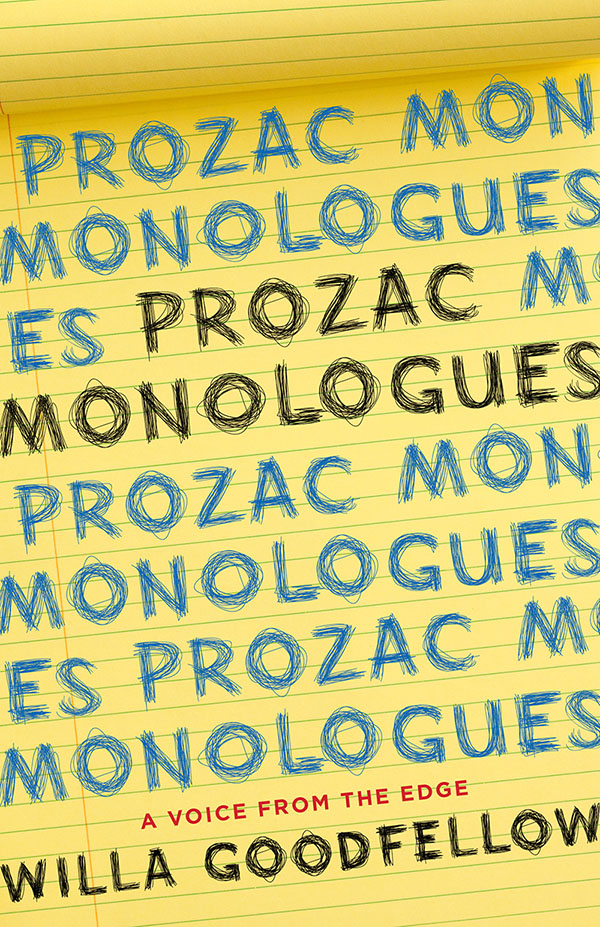 Part of “Prozac Monologues” was penned in a hypomanic state and allows the reader to witness the inner workings of a racing and agitated mind. But Goodfellow also dedicates much of her work to describing in clear and accessible language the mechanics of a bipolar brain and how it is diagnosed, with the help of academic psychiatrists and current research findings.
Part of “Prozac Monologues” was penned in a hypomanic state and allows the reader to witness the inner workings of a racing and agitated mind. But Goodfellow also dedicates much of her work to describing in clear and accessible language the mechanics of a bipolar brain and how it is diagnosed, with the help of academic psychiatrists and current research findings.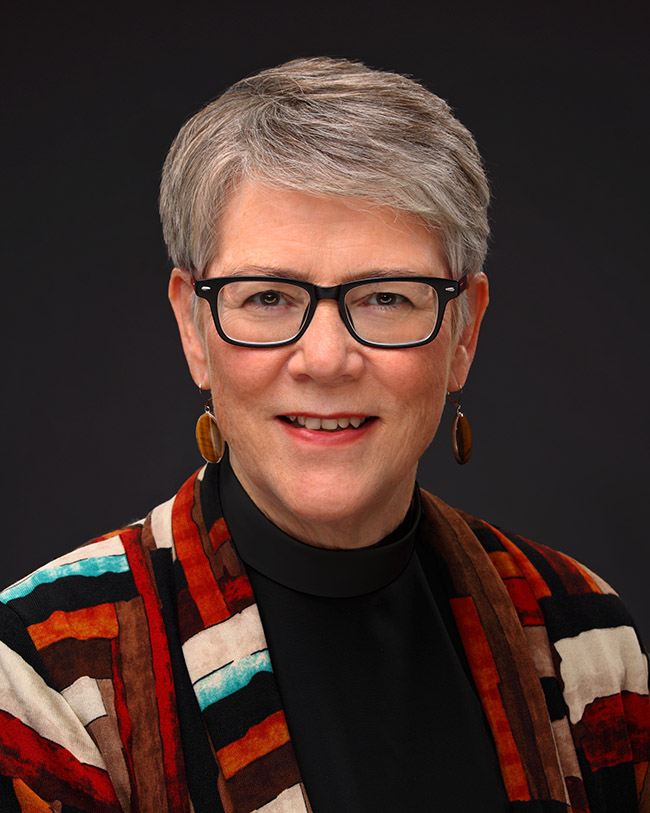 Willa Goodfellow is the author of “Prozac Monologues: A Voice from the Edge” (Aug. 25, 2020, She Writes Press). Her early work with troubled teens as an Episcopal priest shaped an edgy perspective and preaching style. A bachelor’s degree from Reed College and a master’s from Yale gave her the intellectual chops to read and comprehend scientific research about mental illness—and her life mileage taught her to recognize and call out the bull.
Willa Goodfellow is the author of “Prozac Monologues: A Voice from the Edge” (Aug. 25, 2020, She Writes Press). Her early work with troubled teens as an Episcopal priest shaped an edgy perspective and preaching style. A bachelor’s degree from Reed College and a master’s from Yale gave her the intellectual chops to read and comprehend scientific research about mental illness—and her life mileage taught her to recognize and call out the bull.
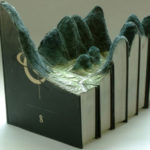
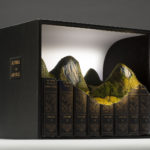

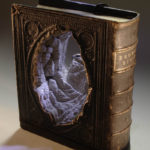
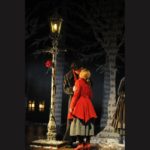



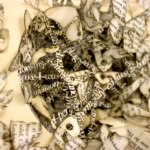


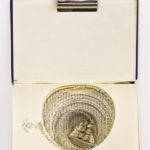
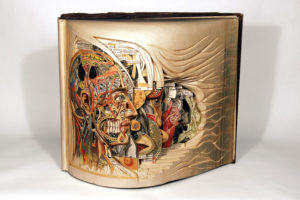

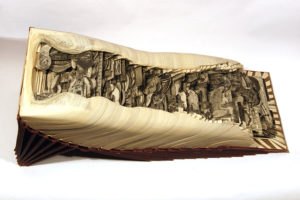
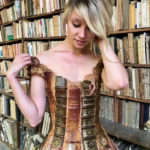
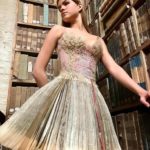

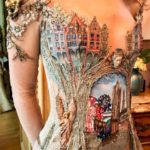
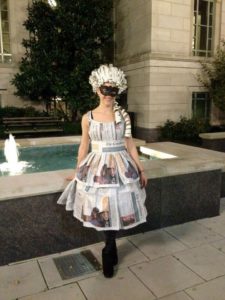

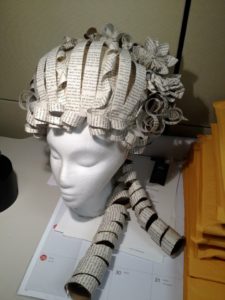

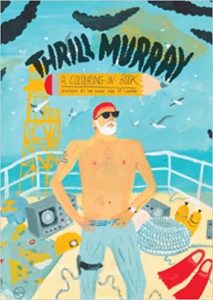
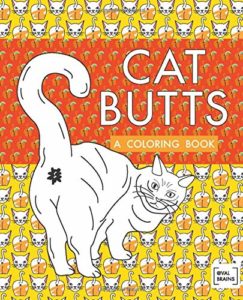
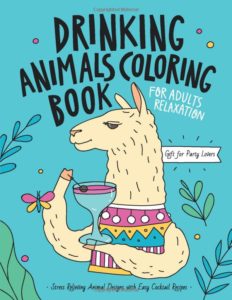
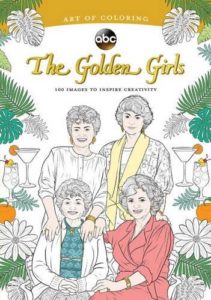
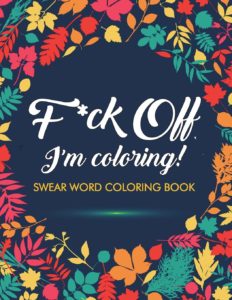
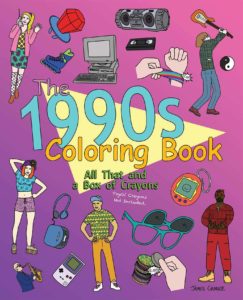

 Kick back with the girls and enjoy a drink that’s as sweet and sassy as the novel it’s paired with, which has been hailed as “the perfect beach read” that “makes the Real Housewives look like Girl Scouts.”
Kick back with the girls and enjoy a drink that’s as sweet and sassy as the novel it’s paired with, which has been hailed as “the perfect beach read” that “makes the Real Housewives look like Girl Scouts.”  Transport yourself with
Transport yourself with  This summer cocktail tastes delicious, but beware: the sweetest fruit has thorns, just as this heart-pounding suspense novel reveals when 20-year-old Tara escapes her abusive home life and joins her ideal virtual family–only to discover that “perfect” can be deceiving.
This summer cocktail tastes delicious, but beware: the sweetest fruit has thorns, just as this heart-pounding suspense novel reveals when 20-year-old Tara escapes her abusive home life and joins her ideal virtual family–only to discover that “perfect” can be deceiving.  This spicy citrus cocktail burns so good, just like this gripping debut thriller that weaves a twisting tale of romance, arson, and buried secrets set in a cabin deep in the New Hampshire woods.
This spicy citrus cocktail burns so good, just like this gripping debut thriller that weaves a twisting tale of romance, arson, and buried secrets set in a cabin deep in the New Hampshire woods.  Fresh Spanish sangria brimming with summer fruit is the perfect match for this delightful romantic comedy (with a touch of magical realism), which sends protagonist Callie on a life-changing adventure to Spain after she receives a mysterious phone call from Ernest Hemingway.
Fresh Spanish sangria brimming with summer fruit is the perfect match for this delightful romantic comedy (with a touch of magical realism), which sends protagonist Callie on a life-changing adventure to Spain after she receives a mysterious phone call from Ernest Hemingway.  This Prohibition-era classic is as refreshing and no-frills as it gets–and definitely a drink our tough-as-nails protagonist Jane would have swilled while posing as a man at her newspaper job in this Depression-era noir thriller.
This Prohibition-era classic is as refreshing and no-frills as it gets–and definitely a drink our tough-as-nails protagonist Jane would have swilled while posing as a man at her newspaper job in this Depression-era noir thriller.  This surprisingly light and fresh summer cocktail is a perfect match for this hysterical YA rom-com about Kate and Nate, two coworkers at a zombie-themed escape room who team up to compete in a survivalist weekend competition–but the real challenge will be keeping their hearts intact.
This surprisingly light and fresh summer cocktail is a perfect match for this hysterical YA rom-com about Kate and Nate, two coworkers at a zombie-themed escape room who team up to compete in a survivalist weekend competition–but the real challenge will be keeping their hearts intact.  It takes two to tango, and we’ve got the perfect pair: this citrusy-sweet cocktail straight from the Bellagio Resort & Casino in Las Vegas, and this delightful novel about a mom who runs off to Vegas with her therapist on a renegade girl’s trip.
It takes two to tango, and we’ve got the perfect pair: this citrusy-sweet cocktail straight from the Bellagio Resort & Casino in Las Vegas, and this delightful novel about a mom who runs off to Vegas with her therapist on a renegade girl’s trip.  It’s time to break out the tequila and trade stories about our exes as we dive into this laugh-out-loud (true!) story of Dani Alpert’s strangest break-up.
It’s time to break out the tequila and trade stories about our exes as we dive into this laugh-out-loud (true!) story of Dani Alpert’s strangest break-up.  Here’s a twist on the classic mint julep, and we’re oh-so-eager to dive into the twists of this eerie thriller about a woman who takes a job on a remote Maine island–and discovers nothing is at it seems.
Here’s a twist on the classic mint julep, and we’re oh-so-eager to dive into the twists of this eerie thriller about a woman who takes a job on a remote Maine island–and discovers nothing is at it seems.  I mean c’mon, how could we
I mean c’mon, how could we 
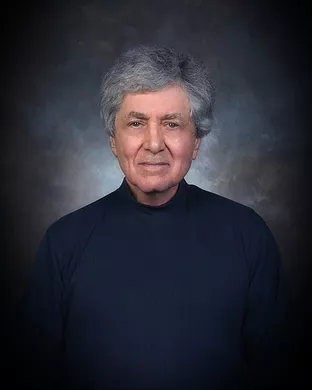 PAUL CORSON:
PAUL CORSON: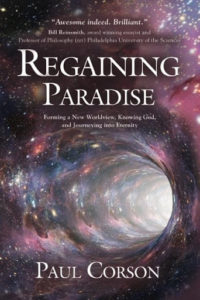
 MILWAUKEE, WI – A romantic comedy with a touch of magical realism, Ken Dortzbach’s debut novel Finding Hemingway (Cloister Inn Publishing, July 7, 2020) sends its protagonist on a life-changing adventure after she receives a mysterious phone call from Ernest Hemingway.
MILWAUKEE, WI – A romantic comedy with a touch of magical realism, Ken Dortzbach’s debut novel Finding Hemingway (Cloister Inn Publishing, July 7, 2020) sends its protagonist on a life-changing adventure after she receives a mysterious phone call from Ernest Hemingway. KEN DORTZBACH: Ken Dortzbach is a native of Madison, Wisconsin. A graduate of Princeton University and the Northwestern University School of Law, he practiced law internationally for almost twenty years, including living abroad and working in countries across the globe. During that time, he found a special appreciation for Spain’s history and culture; when it came time to pen his first novel, the country became the perfect backdrop for his book. In combining his passion for Spain with his longstanding interest in Ernest Hemingway, Finding Hemingway was born. He has two kittens—along with two grown children. Ken and his wife now live in Wisconsin and divide their time between Milwaukee and Madison; they enjoy traveling far and wide together. To learn more about Ken’s work, please visit:
KEN DORTZBACH: Ken Dortzbach is a native of Madison, Wisconsin. A graduate of Princeton University and the Northwestern University School of Law, he practiced law internationally for almost twenty years, including living abroad and working in countries across the globe. During that time, he found a special appreciation for Spain’s history and culture; when it came time to pen his first novel, the country became the perfect backdrop for his book. In combining his passion for Spain with his longstanding interest in Ernest Hemingway, Finding Hemingway was born. He has two kittens—along with two grown children. Ken and his wife now live in Wisconsin and divide their time between Milwaukee and Madison; they enjoy traveling far and wide together. To learn more about Ken’s work, please visit:  Sacramento, CA – In Copy Boy (June 23, 2020, She Writes Press), a story of escape, disguise, and coming of age, lecturer and author Shelley Blanton-Stroud follows Jane, a desperate girl seeking work in the Great Depression. Repeatedly turned away from employment, she disguises herself as a boy to get hired, raising questions on women’s struggles in the workplace and how gender norms influence social expectations, then and now, as well as the role of crisis in developing resilience.
Sacramento, CA – In Copy Boy (June 23, 2020, She Writes Press), a story of escape, disguise, and coming of age, lecturer and author Shelley Blanton-Stroud follows Jane, a desperate girl seeking work in the Great Depression. Repeatedly turned away from employment, she disguises herself as a boy to get hired, raising questions on women’s struggles in the workplace and how gender norms influence social expectations, then and now, as well as the role of crisis in developing resilience.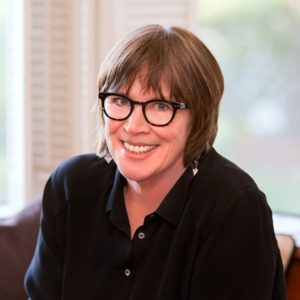 SHELLEY BLANTON-STROUD grew up in California’s Central Valley, the daughter of Dust Bowl immigrants who made good on their ambition to get out of the field. She teaches college writing in Northern California and consults with writers in the energy industry. She co-directs Stories on Stage Sacramento, where actors perform the stories of established and emerging authors, and serves on the advisory board of 916 Ink, an arts-based creative writing nonprofit for children. She has also served on the Writers’ Advisory Board for the Belize Writers’ Conference. Copy Boy is her first novel, and she’s currently working on her second. She also writes and publishes flash fiction and non-fiction, which you can find at such journals as Brevity and Cleaver. She and her husband live in Sacramento with an aging beagle and many photos of their out-of-state sons. To get to know Shelley Blanton-Stroud and her writing better, visit her at
SHELLEY BLANTON-STROUD grew up in California’s Central Valley, the daughter of Dust Bowl immigrants who made good on their ambition to get out of the field. She teaches college writing in Northern California and consults with writers in the energy industry. She co-directs Stories on Stage Sacramento, where actors perform the stories of established and emerging authors, and serves on the advisory board of 916 Ink, an arts-based creative writing nonprofit for children. She has also served on the Writers’ Advisory Board for the Belize Writers’ Conference. Copy Boy is her first novel, and she’s currently working on her second. She also writes and publishes flash fiction and non-fiction, which you can find at such journals as Brevity and Cleaver. She and her husband live in Sacramento with an aging beagle and many photos of their out-of-state sons. To get to know Shelley Blanton-Stroud and her writing better, visit her at 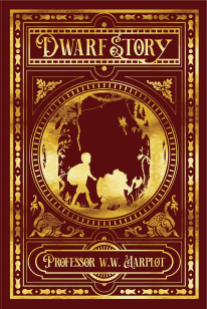 For Arty to miss a day of school, either he is very, very sick or a fairytale-character turf-war has begun in his backyard — such as what begins this particular Wednesday. First, he finds an ax-swinging, bearded, sweaty warrior Dwarf scaring his dogs. Soon enough, Emma, Cry and other middle-school friends also find fairy creatures — Elves, Spriggans, Pixies, and a hoped-for Dragon — crashing into their normal homework-doing, backpack-carrying, phone-charging schooldays.
For Arty to miss a day of school, either he is very, very sick or a fairytale-character turf-war has begun in his backyard — such as what begins this particular Wednesday. First, he finds an ax-swinging, bearded, sweaty warrior Dwarf scaring his dogs. Soon enough, Emma, Cry and other middle-school friends also find fairy creatures — Elves, Spriggans, Pixies, and a hoped-for Dragon — crashing into their normal homework-doing, backpack-carrying, phone-charging schooldays.